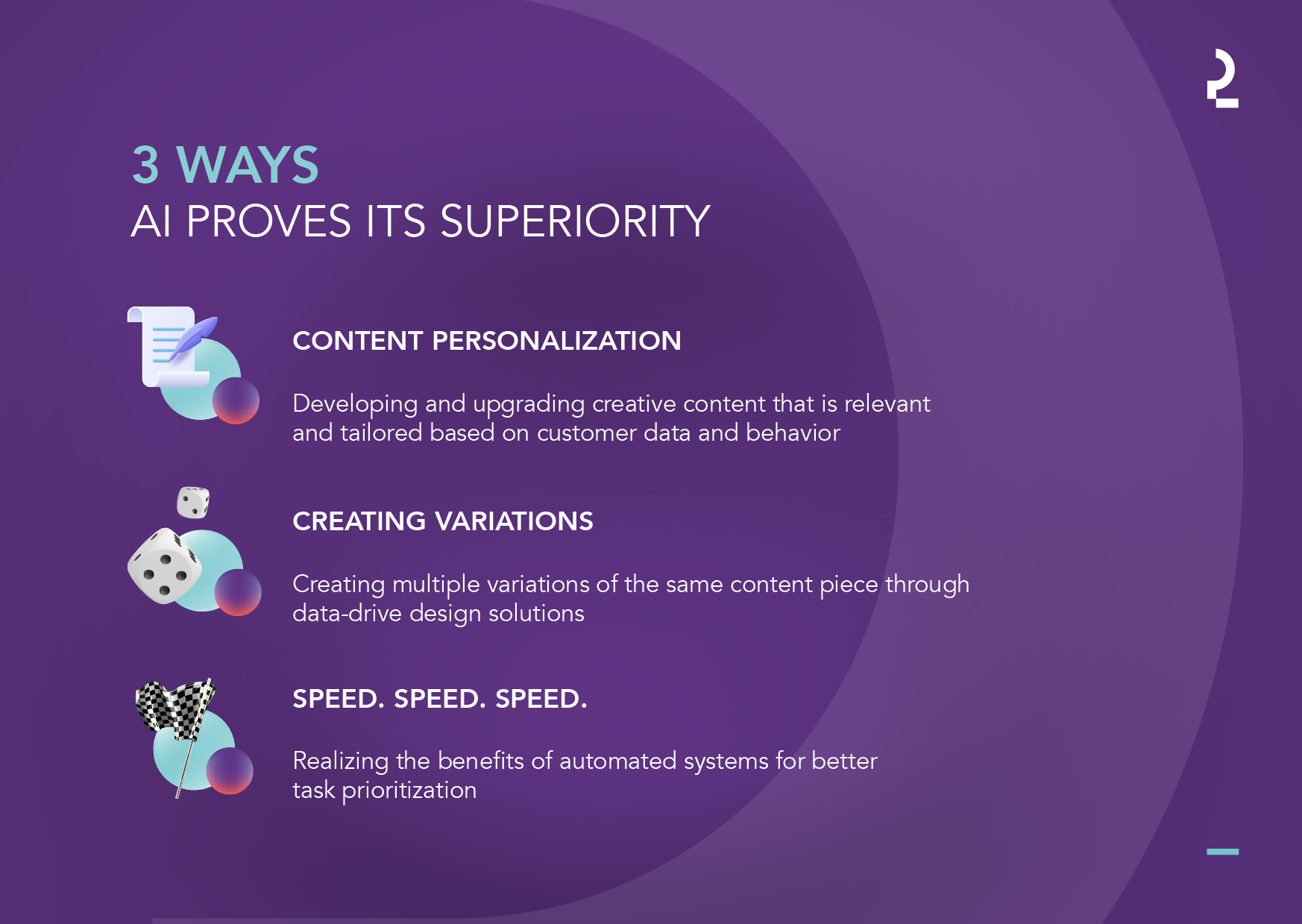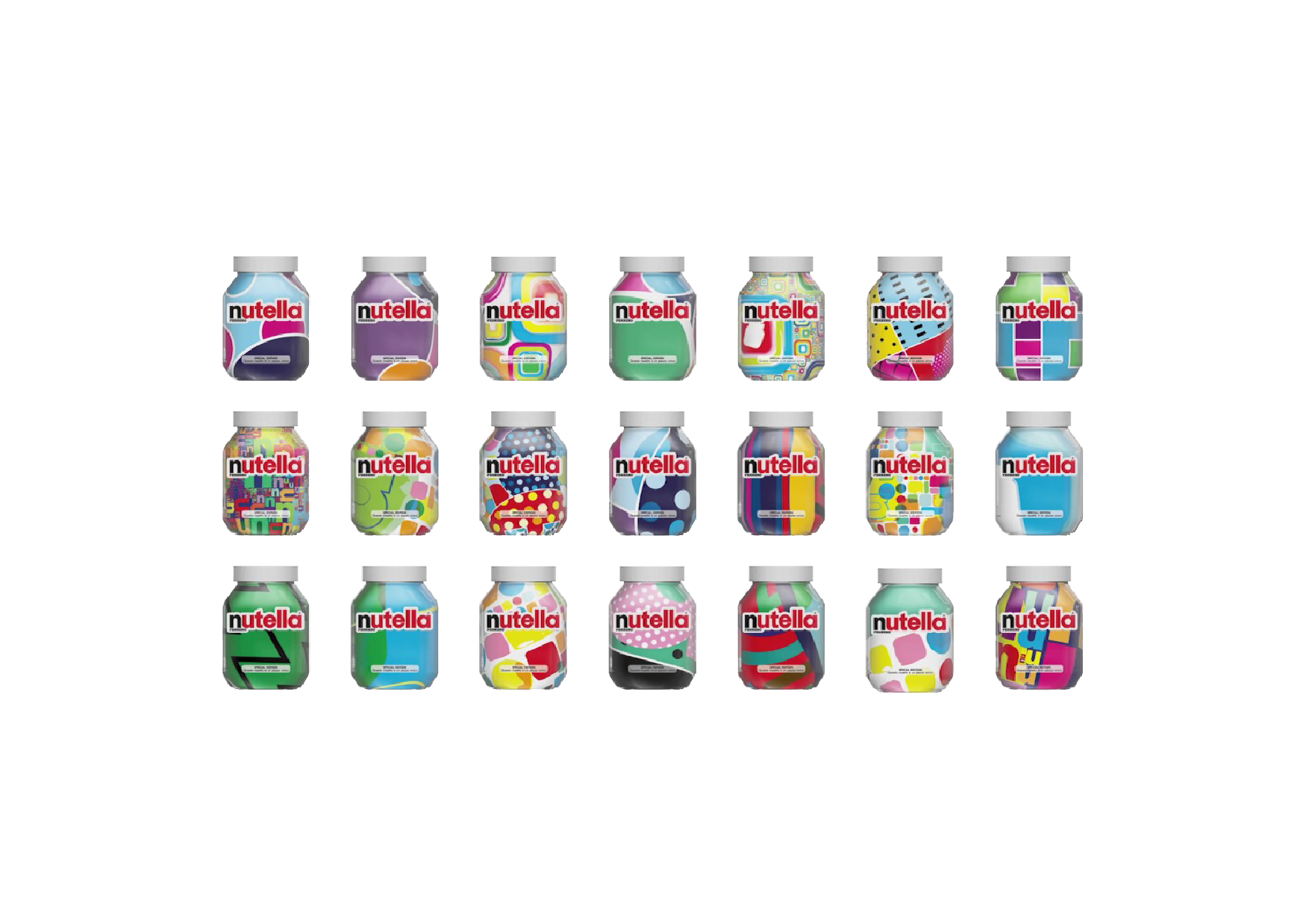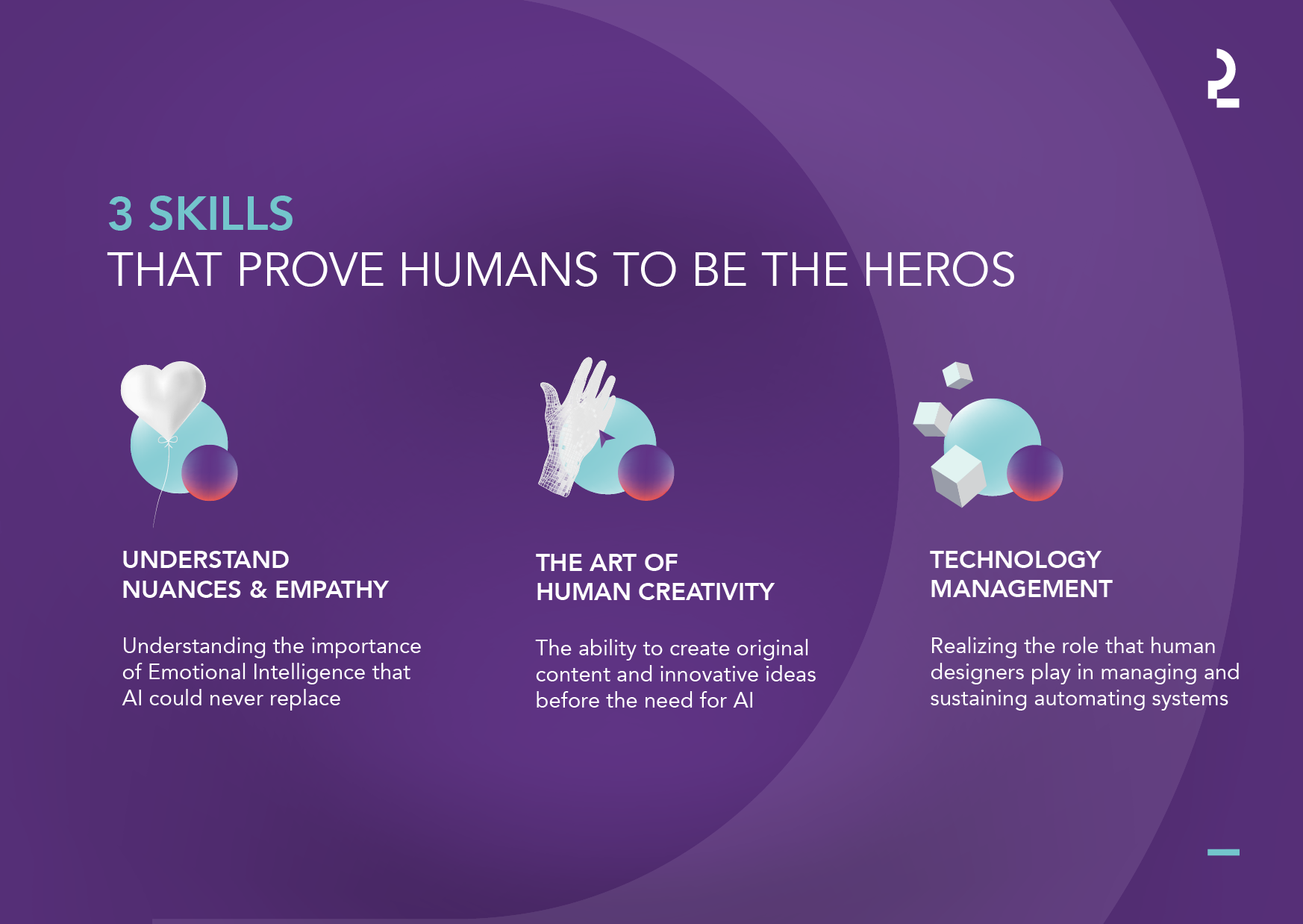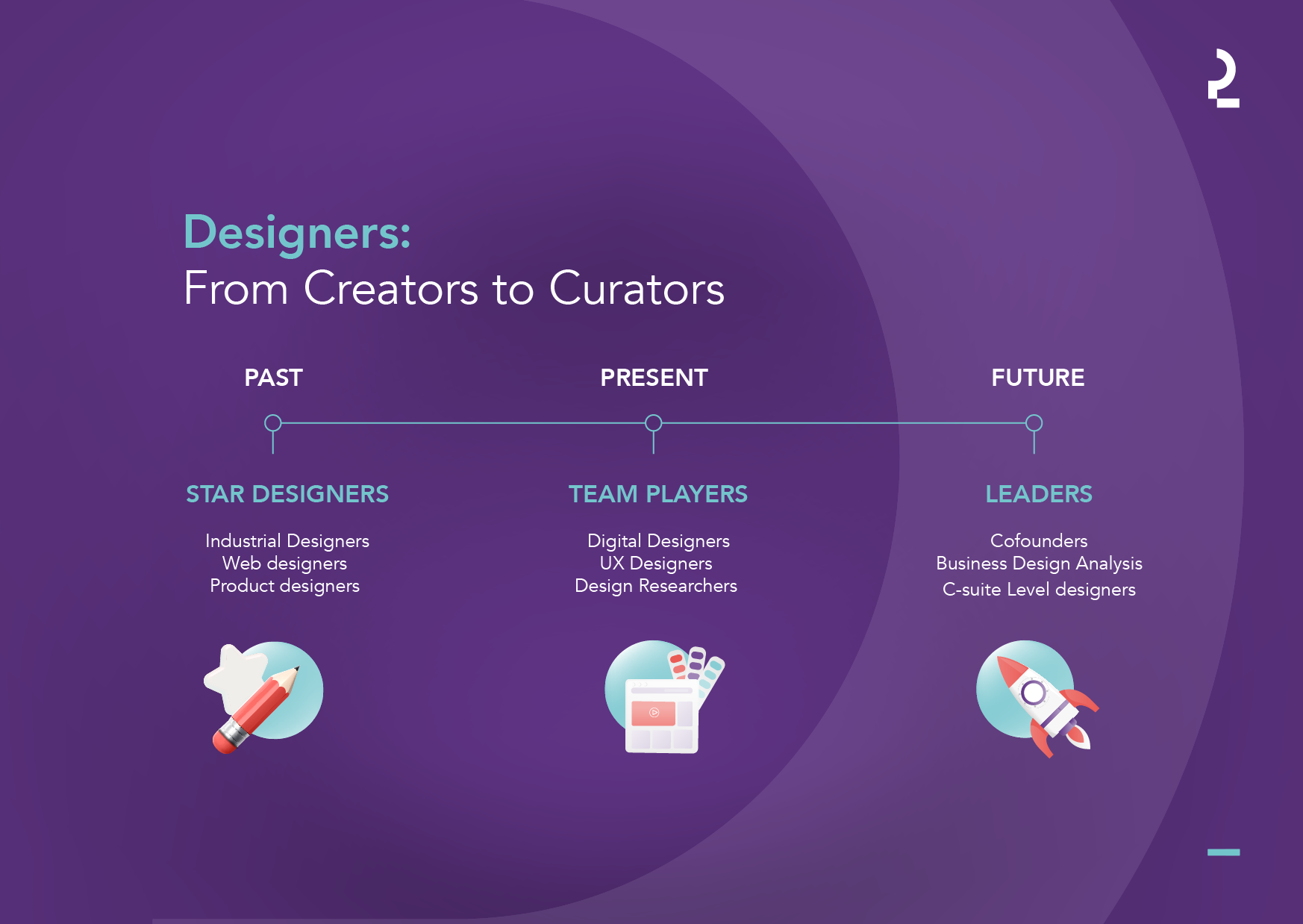
AI Is the Future of Graphic Design and the Downfall of Designers. Fact or Fiction?
Last update: 16 October 2023 at 02:56 pm
The world is facing yet another revolution! Artificial Intelligence and automation dominate the graphic design industry and leave businesses and designers to rethink their future and livelihood.
The fear of ‘being replaced’ is evident and valid, but it is important to understand the big picture to move your brand forward with the tide, not against it.
And so, our answer to the question “Will AI replace graphic designers” is, “No it will not. It will replace the way we do business.” And that is what we want to highlight in this blog.
At Sortlist, we have decided to ask for help from the Dubai-based, digital design firm, PrezLab to answer these open-ended graphic design questions. Their inspiration for this article comes from experiencing this first hand; who try to automate and optimize their processes, aiming to find the right tools that won’t hinder their creativity.
Artificial Intelligence Vs Human Intelligence
AI-powered tools offer value that human-powered services don’t and visa-versa. So, let us begin by sharing:
3 Ways AI Proves Its Superiority
Being aware of the AI-powered tools and their impact, we accept that these tools have certain qualifications to transform and transcend graphic design trends that are uniquely applied to the design services that we provide for our clients. (From Branding & Logo design, Infographics design, Website design, and more…).
Our core specialty, presentation design is one of the most requested design services, especially in our current pandemic times, and AI has found its way to offer incredible value:

Content Personalization
“AI content personalization is a software that uses artificial intelligence to serve up the right content at the right time for individual site visitors, based on what they’ve consumed in the past.”
The rate of success of this particular feature has been understood since the inception of Instagram. It has been built around consumer behavior and has developed a huge learning curve for the future of marketing and also, the future of design and user experience.
Kathleen Walch, founder of Cognilytica, an AI research and advisory firm shares:
“Brands now understand that not all users are the same and content isn’t a one-size-fits-all approach. To resolve this issue, organizations need to shape their content to the individual”
Shaping creative content is one of the first steps taken in the future of graphic design. The possibility of collecting data about a specific target audience enables businesses to not only convert more of that type of audience but also retain existing and new customers. The dynamism of content is endless with the help (not takeover) of AI.
Developing Variations
Content optimization is power; From optimizing social media posts, paid advertisement, logo design, brand identity, websites… etc.
AI utilizes the database that it has gathered on the consumer’s behavior, patterns, keyword researches, interests, engagement level, and many more matrices to leave no room for predictions, but to cultivate data-driven design solutions that better cater to its customers and therefore can generate multiple variations.

NUTELLA tried and tested AI’s potential in this matter, under the project name “Nutella Unica”,
“The algorithm pulled from a database of dozens of patterns and colours to create seven million different versions of Nutella’s graphic identity, which have been splashed across the front of jars in Italy.”
All of this was created while preserving the brand’s identity.
As an agency that specializes in creating high-level presentation designs, having a variety of ‘templated’ slides is always a bonus (not a replacement). While free slide templates can be a helpful starting point, it’s important to customize them to fit the specific needs and branding of each client. PowerPoint and other tools offer this service, and PrezLab is taking an advantage of that.
Speed. Speed. Speed
When it comes to data collecting, analyzing, processing ….etc, as human beings, there is just so much to be done and time seems to be the enemy.
Prioritizing tasksbecomes a terrifying routine whether you are a graphic designer in a team or a multi-billion dollar company co-founder.
AI enables us to focus on what matters most while taking care of the rest. It enables us to work smarter, not harder.
41% of European employees are seeking a reduction in repetitive tasks and more than a third (36%) call for the automation of admin tasks
Now for the other side of the coin:
3 Skills That Prove Humans to Be the Heros
Undermining the human element and what it offers is a waste of human talent. At the end of the day, people want to interact with people. People feel safer with people. People do business with people.
So here are 3 things human designers excel at, just by being human:

Understand Nuances & Empathy
In the business world, they always tell you to “put yourself in your ideal customer’s shoes”. This is a skill to hone, not an automatic switch.
Humans can perceive, predict, understand, empathize and connect. Emotional Intelligence is something that can and never will be replaced.
It helps business leaders, marketers, brands, and customers to create an experience through emotions. And that is something even AI and the future of graphic design can’t undersell.
The Art of Human Creativity: The Ability to Create Original Content
At some level, AI and computers can process and analyze data to the point where they can produce art, music … etc. For example, the world of AI art provides endless possibilities for designers to bring their vision to life. With an AI art generator, you can effortlessly create beautiful works of art without any drawing skills. You can design artistic creations with AI and use the resulting imagery in branding, logo design, or even infographic design with little to no effort. But that is not the full story. It never was.
Here’s a question for you… Where does this data come from? Without human creativity and initiative, will there be any data for AI to analyze?
Everything starts with a dot, in this scenario, everything starts with human creativity. And originality is what AI lacks. It’s merely a spy that detects, analyzes, and later on, produces only what it is told to produce. It can prolong innovation, but innovation stems from that one human original idea.
Technology Management
For most people, the most at-risk jobs are in the realm of technology. The fear is valid when it comes to the high chance of being replaced by AI and robots to do the job.
However, the flip side of this narrative is that even with this increase in technological advancements, human beings are still required to create, manage and fix the technology itself.
In a Forbes Article, business consultant Bernard Marr shares his thoughts on the matter:
…automated systems will still require oversight, especially at the beginning. Even if an AI system can take over the bookkeeping for a company, an accountant will still be needed to check for errors.
He followed with:
Likewise, while a computer might be programmed to make ad buys for a company, a marketing expert would want to double-check that the purchases are aligned with the brand.
As the ‘rule makers’, designers only…
…can define what design is. Artificial intelligence can imitate human to manipulate design language, voice, and tone, pattern, and component within the system, but the whole system is designed by human.
Where Do We Stand in the Face of AI? [Past, Present, Future]
Graphic designers and businesses alike have to accept the fact the technological advancement brings with it the evolution in the roles that designers undertake. Not the eradication, but the evolution.
Richard Buchanan explains this phenomenon through Buchanan’s Orders of Design Model, where he “has devised a matrix that looks at levels of design activity.” and explains how the shifts in these activities and outcomes have created different roles for designers to operate and collaborate in.
The research shows that graphic designers have evolved from being creators to curators.
What Can Your Business Do Now to Adapt?
Seen in this light, AI is a positive catalyst for the future of design
Whether you are in the B2B market, B2C, or even in the stock market; the future of graphic design will affect you as a business, your user, and your visual communication tactics, strategies, and user experience processes.
How Can You Adapt?
Machine Learning: Understand Existing Tools & Capabilities
Get a better understanding of the technology itself to experience design in a whole new way; This enables your brand and your users also to easily adapt to the change in nature and also create a responsive method of communication.
Several Designer-friendly Resources to Study AI and Machine Learning can help guide your brand through the different kinds of AI and the breadth that they offer to the table.
Bring ‘AI Ethics’ to the Table
Create a culture where “AI Ethics” is part of your business processes.
Just as there are ‘Design Principles’ that every brand follows, having ethical AI principles keeps you ahead of the game and in alliance with the innovation.
Microsoft has shared its commitment “to the advancement of AI-driven by ethical principles that put people first.”
Adaptablility & Acceptance
Accepting the evolution of AI is one thing, but also accepting the evolution of designers as explained before is another. Once these two concepts are accepted, studied, and aligned, adaptability is a company value and culture will have room to grow and flourish.
AI creates and generates variations of design by learning data and patterns of behaviors. As people, and innovative beings, we should not only consider how a particular product is being experienced but also consider the different adaptations of these products depending on context and varying users’ decisions.
And the hard truth is, As Leon C. Megginson put it, “It is not the strongest or the most intelligent who will survive but those who can best manage change.”
Conclusion
The Future is an Opportunity.
We can all agree that AI tools offer undeniable potential for the future, but can they outperform humans? No, not the way we see it. It’s really all about empowering one factor with the other.
Designers will harness the power of AI and use it to their advantage, and companies will see this as an opportunity to embrace humans and technology to strive for improvement and aim high.
Imagine the rebranding possibilities that you can develop! Transforming your logo, gaining more website responsiveness, spicing up your social media and online presence with creative interactive infographics, giving top-of-the-notch presentations to seal any deal…etc! They’re endless!
And we’re here to provide you with even more possibilities!
What Do They Say?
Below are some of the thoughts shared by industry experts about this controversy and what they expect to happen:
“….As for the future of graphic design, I think artists are going to see an increase in the need for visual content more than traditional elements of graphic design.” – Chelsey Moter, Marketing Coordinator for the Arizona Grand Resort
“Technology will play a bigger role than ever in the way that we communicate through design. We are living through a time where the paradigm shifts so often in the way we approach content creation that the overall effect is now the new norm.” – Miguel Lee, Partner/Creative Director of Midnight Sherpa.







